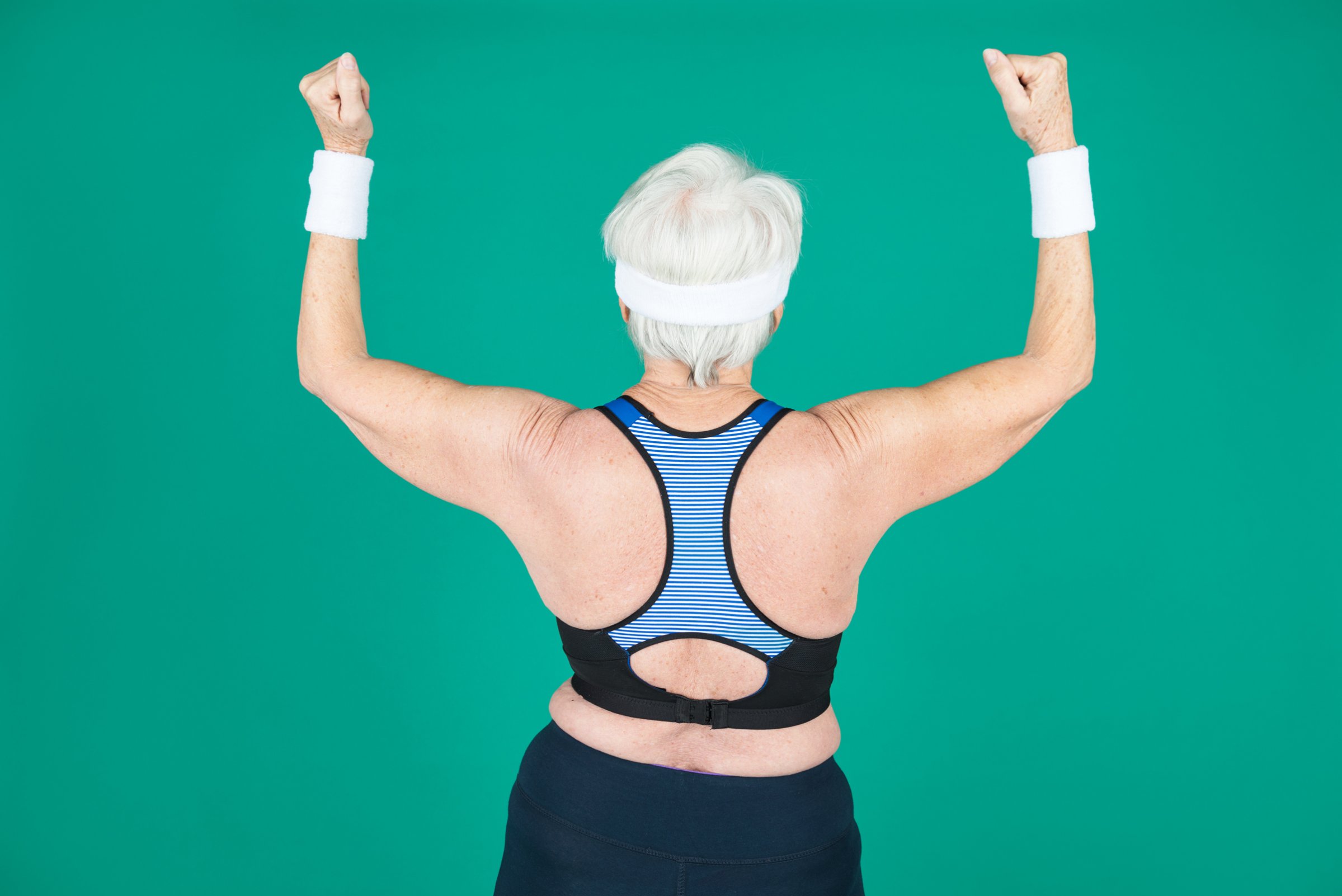
You don’t have to break a sweat to reap the health benefits of physical activity, according to new research in the Journal of the American Geriatrics Society. In a study of women age 65 and older, just 30 minutes a day of light exercise—like running errands and cleaning the house—was linked to a lower risk of death.
Moderate-intensity exercise, like leisurely bike riding or brisk walking, was associated with an even greater reduction in risk. The authors say that improving doing more light and moderate physical activity could be almost as effective as rigorous exercise at preventing disease and prolonging life. “The paradigm needs to shift when we think about being active,” says senior author Andrea LaCroix, professor of family medicine and public health at the University of California San Diego.
For the study, LaCroix and her colleagues asked 6,000 women, ages 65 to 99, to wear activity-tracking accelerometers for seven days as they went about their daily activities. The women were then followed for an average of three years.
Based on the data from the women’s activity trackers, the researchers found that those who got at least 30 minutes of light physical activity a day were 12% less likely to die, compared to those who got less. Those who got an additional 30 minutes of moderate activity were 39% less likely to die.
Light physical activity includes just about any type of behavior that isn’t sitting down: walking to the mailbox, strolling around the neighborhood and doing laundry. Activities like these account for more than 55% of older adults’ daily activity, says LaCroix, so the fact that they were protective in this study is very good news.
“We’ve always been told that this type of activity isn’t enough to do you good,” says LaCroix. “But what we have here is solid evidence that light physical activity reduces a woman’s risk of dying over the next three to four years—and we see the benefits are substantial and independent of moderate-to-vigorous physical activity.”
MORE: TIME’s Guide to Exercise
The study could not show a cause-and-effect relationship between activity level and risk of death, only an association. But the link was present in all types of women in the study, including those of all races and ethnicities, women who were obese and those who were not, women with high and low functional abilities and women older and younger than 80.
As adults get older, they expend more energy doing the same activities they did when they were younger, LaCroix says—so they don’t need to exercise as much, or as intensely, to burn the same amount of calories or get their heart rate up. “We know that people of different ages need different amounts and intensities of exercise to get the same result,” she says. “It’s not one size fits all.”
But national guidelines still recommend that adults over age 65 follow the same guidelines as younger people: to get at least 150 minutes of moderate-to-vigorous physical activity per week. And recent analyses, compiled from studies in which adults self-reported their levels of physical activity, have suggested that older adults have to log moderate-to-vigorous exercise in order to reduce their risk of early death.
LaCroix says her new study refutes that research and shows that older adults can still benefit at levels below the moderate-to-vigorous guidelines. Questionnaires used in self-reported studies don’t do a good job of encompassing all the ways people get physical activity throughout the day, she says, which may have skewed previous study results. “What makes our study stronger than those others is that we used a device that was able to measure all of the movements we do in our daily lives,” she says.
The researchers hope their work sparks more discussion about how people—especially older ones—think about exercise and their goals for being active. “I think the current guidelines are discouraging to older people who don’t believe they can do 150 minutes of hard exercise,” LaCroix says. “They throw up their hands and think, ‘that’s not for me.’ But everyone does light physical activity, and the idea that doing more of it can have substantial health benefits should be welcome news.”
More Must-Reads from TIME
- Cybersecurity Experts Are Sounding the Alarm on DOGE
- Meet the 2025 Women of the Year
- The Harsh Truth About Disability Inclusion
- Why Do More Young Adults Have Cancer?
- Colman Domingo Leads With Radical Love
- How to Get Better at Doing Things Alone
- Michelle Zauner Stares Down the Darkness
Contact us at letters@time.com